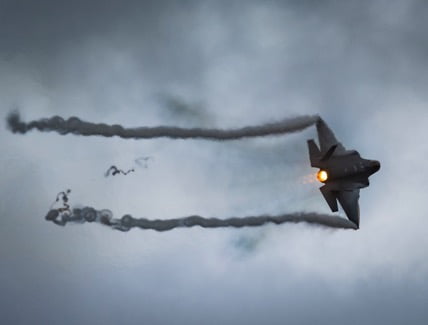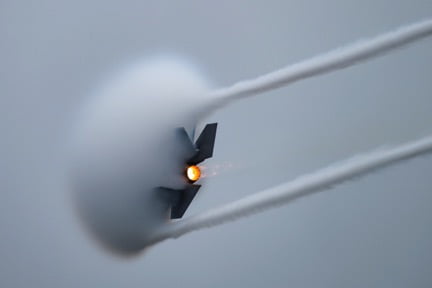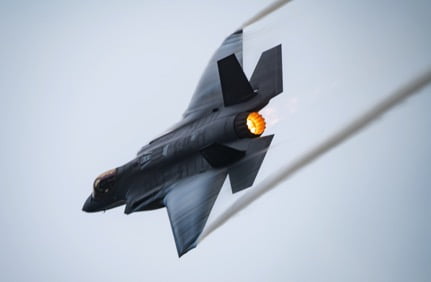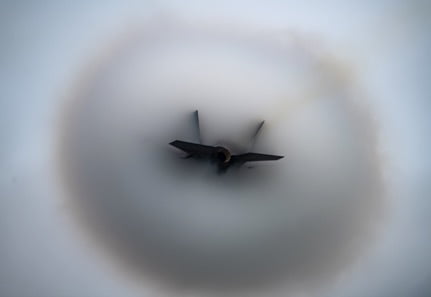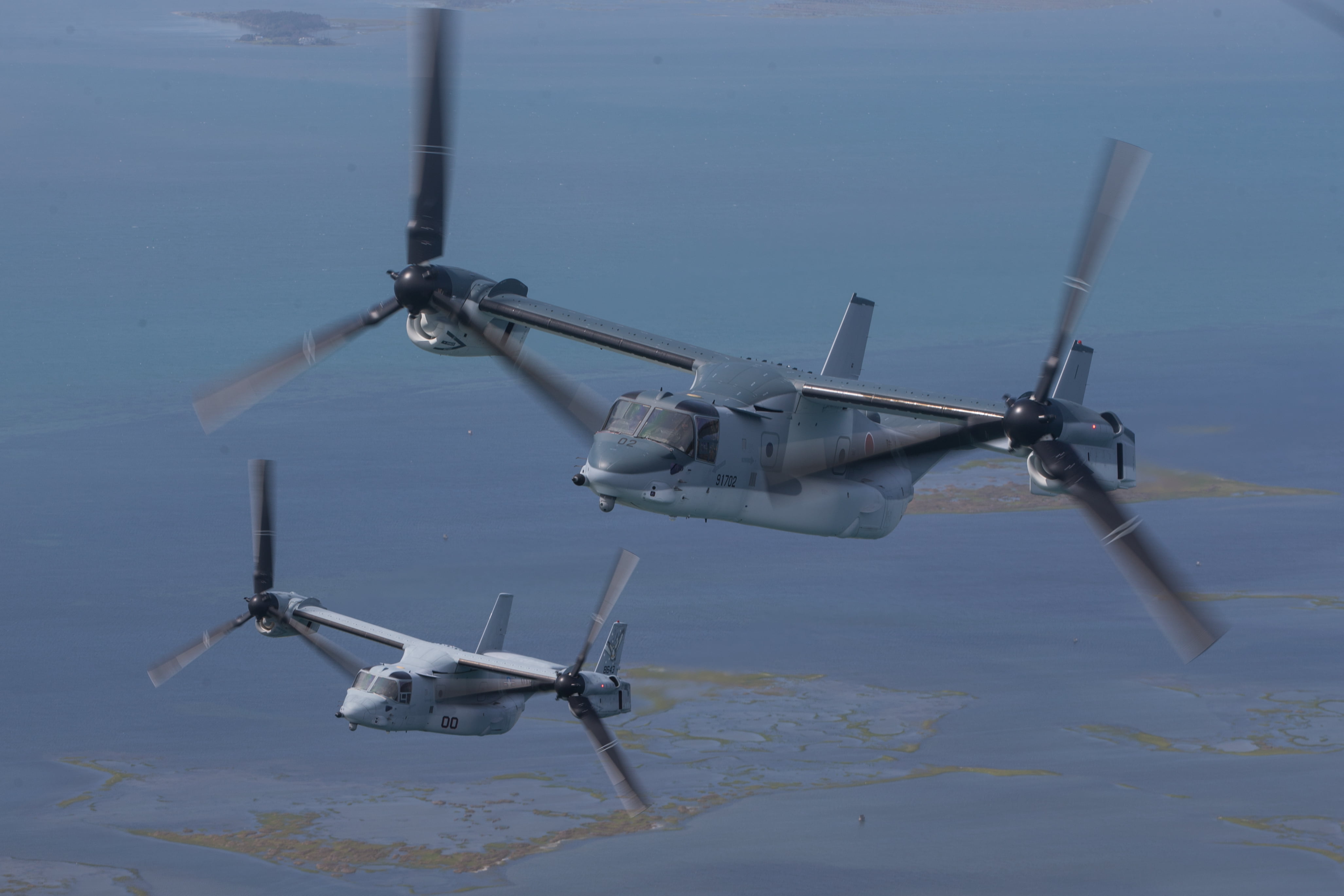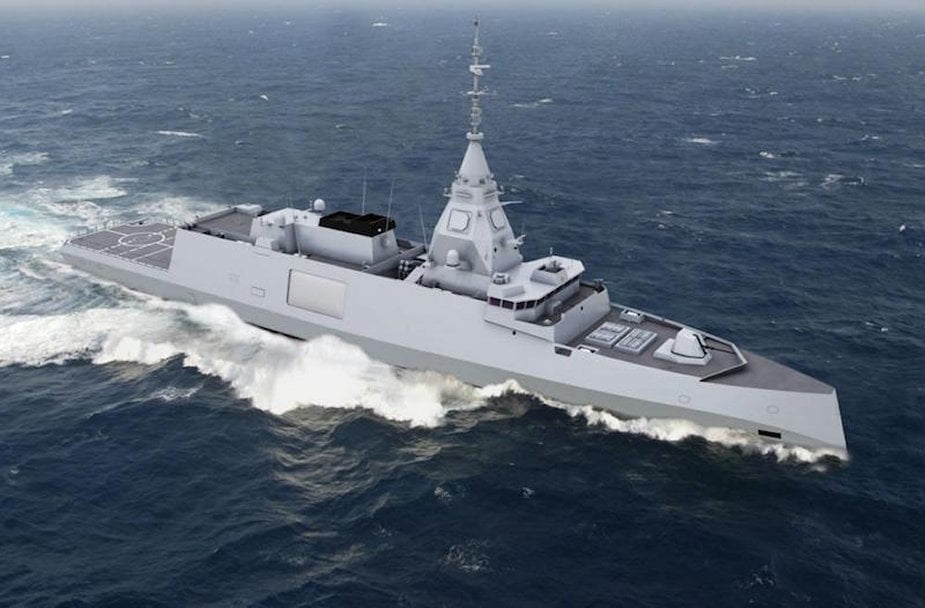By Robbin Laird
During my most recent visit to Australia in October 2019, I have had the chance to visit the Chief of Navy’s Seapower Conference and to attend the latest Williams Foundation seminar.
And along the way have held roundtables at the Australian National University, the RAAF’s Airpower Development Centre and ASPI.
Of course, I have had the opportunity as well to discuss with various Australian strategists, policy makers, military leaders and members of the Australian defense industry as well.
I have been particularly interested in engaging in discussions on the way ahead for what I call the integrated distributed force, the role of C2 and ISR in that evolution as well as the reshaping of the sustainment infrastructure for the ADF and the partners of the ADF.
One of those discussions was with Robert Slaven of L3Harris Technologies, a former member of the Royal Australian Navy, and our discussion focused on the C5/ISR infrastructure for the integrated distributed force.
For Slaven, the shift toward an integrated distributed force marks a significant change from his earlier training as a member of the RAN.
Traditional thinking, such as that developed by Admiral Mahan, has now been supplanted by the necessity to recognize that a step change has taken place and to embrace the fact that emergent technologies have dramatically resculptured the face of maritime warfare.
Previously the main doctrinal focus has been on counter-force operations conducted by Major Fleet units with supporting fleet and air elements.
According to Slaven, “The evolution of the technology over the past thirty years has transformed the way navies will fight going forward.
“So when you refer to the new C5/ISR infrastructure, a key point to keep in mind is that it morphs dependent on the operations you are trying to do and the operations you are engaged in.”
Frankly, the notion of a morphing C5/ISR infrastructure makes a lot of sense when you consider that platforms are shifting from largely dedicated mission designed hulls to becoming multi-mission platforms that can change and flex on a mission by mission/task by task basis, and therein allow integrated Task Forces to be shaped with inherently flexible and resilient C5/ISR infrastructures.
The way Slaven put it was as follows: “every platform is a node within that infrastructure. Their role and importance within that infrastructure changes in accordance with the tasks you are trying to accomplish and how the enemy behaves and reacts as well.”
He underscored that as maritime autonomous systems matured they can play an important role as C5 nodes and ISR platforms in the morphing infrastructure as well.
“The remotes can be distributed throughout the area of interest and be there significantly in advance of when we have to create a kinetic effect. In fact, they could be operating months or years in advance of shaping the decision of what kind of kinetic effect we would need in a crisis situation.
“We need to learn how to work the machines to shape our understanding of the battlespace and to shape the kind of C5 which could direct the kind of kinetic or non-kinetic effect we are trying to achieve.”
He added a very useful insight with regard to the evolving tool sets associated with the non-kinetic domain.
He highlighted that the Bismarck entered the kill zone because of the disabling of its rudder.
This was done with a British torpedo, but what if that same effect could be achieved by non-kinetic actions?
This is the sort of dynamic of change with which modern maritime battles will be fought in part.
In my work on dealing with full spectrum crisis management, I have started with the importance of platforms and persistence, and then scalability and reachback, or in other words shaping tailored force packages appropriate to the mission and to crisis management.

Slaven highlighted the importance of coming maritime autonomous systems to the presence missio
“What we want to do is actually take the mechanics behind what one might call morphing infrastructure to build a persistent capability within the theater. With autonomous systems, we are not working to force an entry or establish an enduring presence into the area of interest, we are already there.
“What we’re doing by bringing unmanned systems into the AO, is out manoeuvring Gray Zone competitors.
“We’re building a persistent ISR presence in a pre-kinetic mode of operation, with an infrastructure consisting of UAVs, UUVs, USVs, surface and subsurface relay nodes, all of which are already pre-deployed and available for manned units to join the network.
“In addition, we have autonomous patrol assets which can provide an enduring environment assessment to ensure we have full situational awareness.
“This persistent forward deployed presence can be leveraged for kinetic operations within a crisis engagement setting as needed.”
In effect, the situational awareness piece is a prelude and enabler to the kind of full spectrum dominance one would need in a kinetic effort, allowing Commanders to leverage unmanned capabilities and keep humans at a safe distance.
It is clear that this way ahead, which is central to being able to shape, operate and command, an integrated distributed force is building on the legacy platforms we have now, but is also a prologue to any new platforms to be built in the future.
A case in point is the Australian Arafura Class Offshore Patrol Vessel, which is being built with the ability to leverage off-boarded systems as a designed in feature of its own operational capabilities.
In this sense, the coming of the OPV plays a forcing function role within the ADF as its shapes what they call a fifth-generation force.
“The OPV will have a crew of around 40 and be tasked with the normal Patrol and Constabulary tasks the Armidales currently do for the Navy and the Border Command.
“But because of the inbuilt flexibility of the C5/ISR infrastructure onboard, the OPV will become part of the much larger distributed force, with reachback and force-multiplication capabilities way beyond its reach as a single ship.
“It could operate as the mothership for a wide range of autonomous systems; and it can push that information into the wider battlespace.”
In other words, the OPV is being designed from the ground up with off-board systems and the new C5/ISR morphing infrastructure as key building blocks.
And given the modular flexibility associated with the ship and with the autonomous system payloads, the OPV could be an advance force element of an amphibious task force, provide support to a destroyer task force, be a key command element for a gray zone operation, and so on.
Because it is designed to be able to contribute to and to leverage unmanned systems from the outset, it can be task organized beyond its core mission.
From that sense, the future is now.



